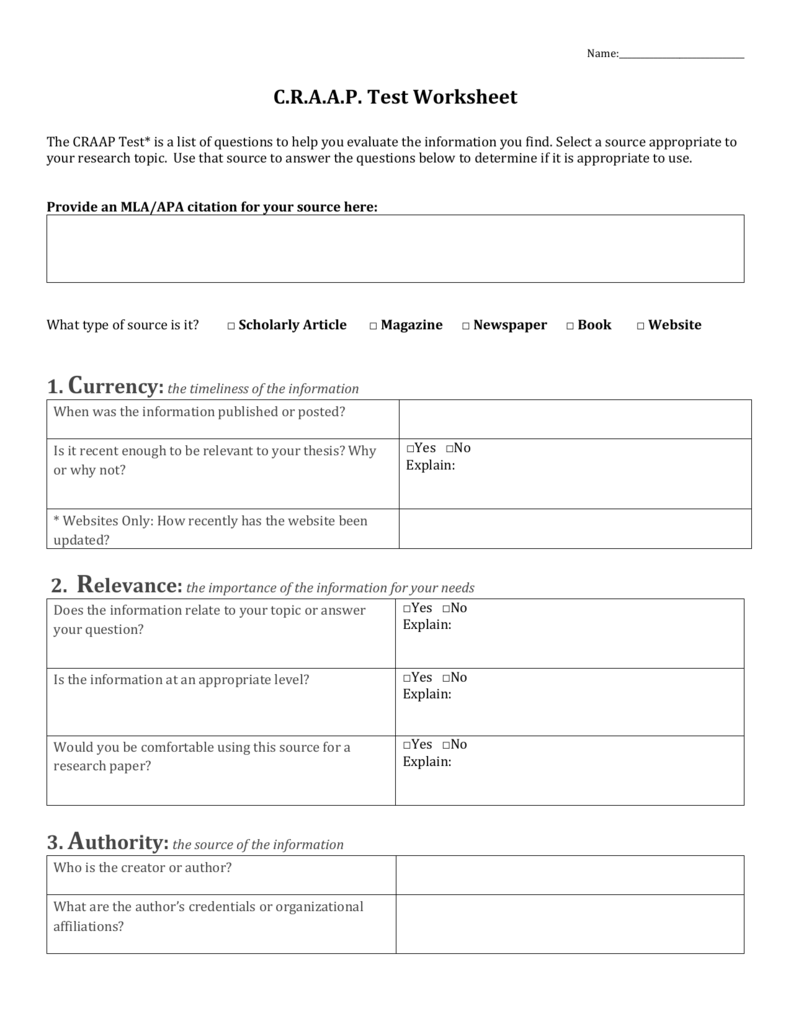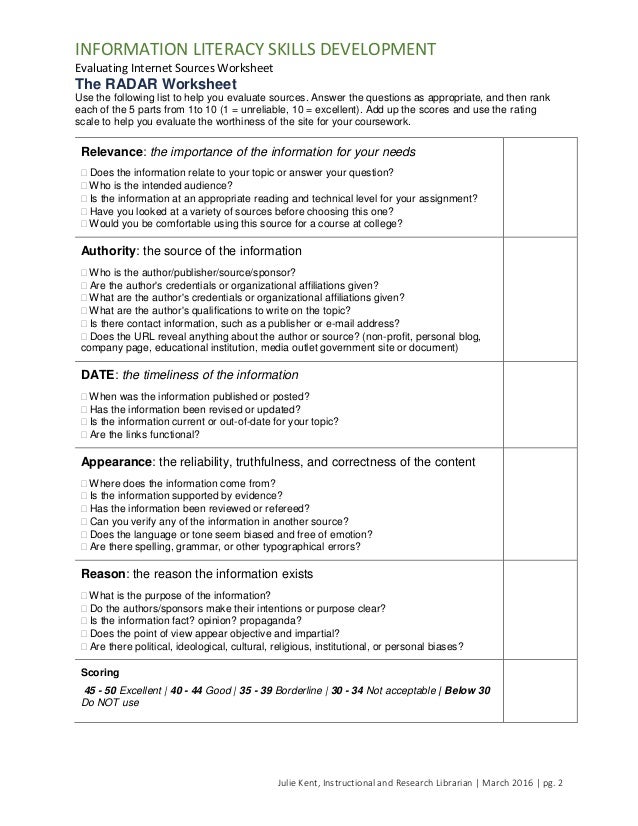


Jump to a Section
Section 1: Primary, Secondary, & Tertiary
Section 2: Popular vs Scholarly Publications
Section 3: Evaluation Checklist
Primary, Secondary, & Tertiary
In general, there are three types of sources of information: primary, secondary, and tertiary. It is important to understand these information types and to know when each source is appropriate to use in coursework.
Primary Sources
Primary sources are original materials on which other research is based. These sources are usually a document or result that is being reported first hand. Primary sources are original sources that are not interpretations made by someone else.
Examples of Primary Sources
Secondary Sources
Secondary Sources are sources that describe or analyze primary sources. These sources value, discuss, or comment on the primary source, and use primary sources to create their own work.
Examples of Secondary Sources
Tertiary Sources
Tertiary Sources are used to organize and locate primary and secondary sources. These sources summarize and compile fact and knowledge produced by others. Tertiary sources often assemble both primary and secondary sources together, and are used for quick access to facts. Note that not all sources within this category are suitable for scholarly writing.
Examples of Tertiary Sources
Popular vs Scholarly Publications
There are three types of publications when it comes to periodicals. Periodicals are magazines or newspapers published at regular intervals. Below, the three types are explained and a table shows the differences between the three.
Scholarly Sources
Scholarly sources are intended for academic use with specialized vocabulary and extensive citations. They are often peer-reviewed and help to answer the question "so what?/why does it matter?"
Popular Sources
Popular sources are intended for the general public, and are typically written to entertain, inform, or persuade. They help to answer "who, what, when, and where" questions, and range from research-oriented to propaganda-focused.
Trade Publications
Trade publications share general news, trends, and opinions within a certain industry. They are not considered scholarly, because they do not focus on advanced research nor are they peer-reviewed, even though they are generally written by experts.
Evaluation Check List
When determining whether or not a source should be used, you must ask questions about the resource using a critical eye. Use the criteria listed below to efficiently identify and evaluate information resources.
Accuracy or Credibility
Author or Authority
Coverage or Relevance
Currency
Objectivity or Bias
Sources or Documentation
Publication and Website Design
© 2023 McGovern Library, Dakota Wesleyan University
Email: library@dwu.edu | Phone: (605) 995-2618 | 1200 W. University Ave, Mitchell, SD 57301